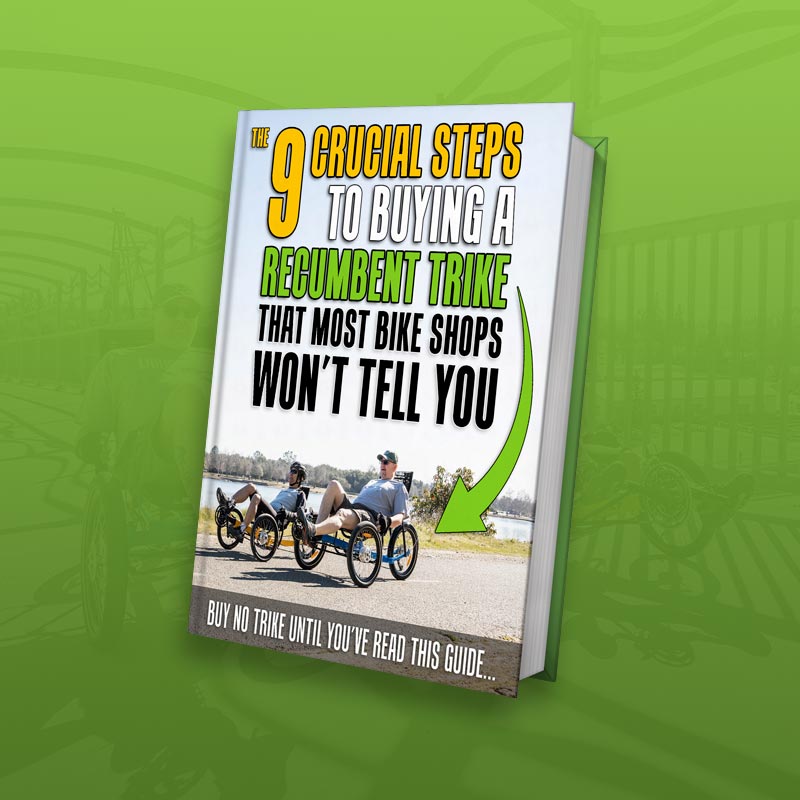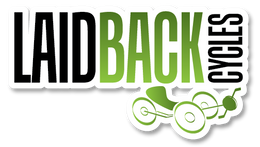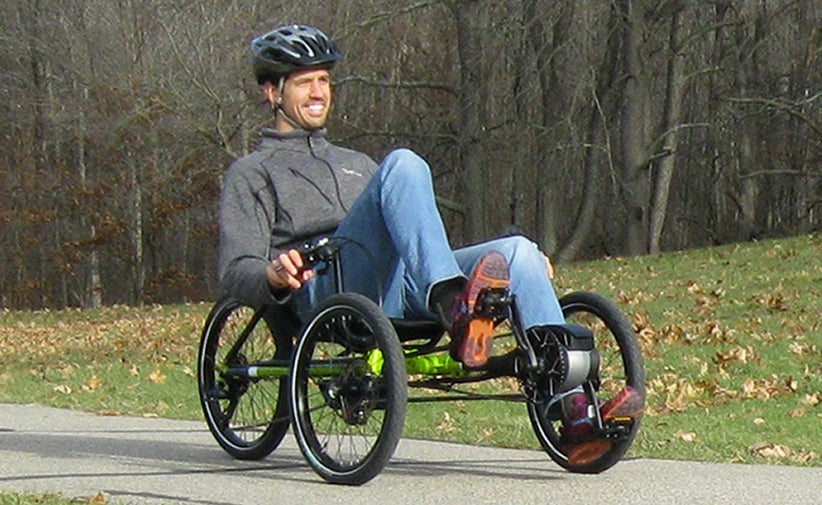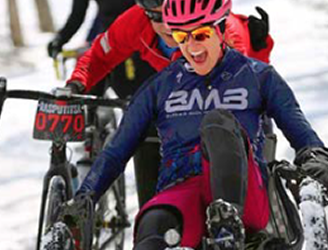Riding a recumbent trike is fun and easy, but remember to always ride safely. Just because trikes are sturdy and stable on their own, you still have to treat it as if you are riding a regular bicycle. We have created a list of what you need, what to look out for, and how to stay the safest when you’re out riding.
Rules of the Road
While riding on the street, make sure to follow the rules of the road. Be courteous of other drivers and riders and don’t weave in and out of traffic and avoid being hidden by traffic. Look and signal for traffic when turning or changing lanes. Not sure if a car can see you? Typically when they can see you, they will give you up to two car lengths of room because they see your trike as being bigger than it actually is. This is great because you are safer and it reduces the risk of being hit. Remember to always do what is most comfortable for you. It might be the law for all bikes to be on the street and not the sidewalk, but if you are riding in a heavy traffic area and you feel more comfortable riding on the sidewalk, make sure you follow your gut instinct and do just that. If you follow these simple safety tips, you are sure to have a great ride:
- Don’t weave in and out of traffic
- Look and signal when turning or changing lanes
- Always use common sense and follow your instinct

What you Need
- Helmet
- Flags
- Reflectors
- Head and tail lights – Pedals
- Mirrors
- Horns and bells
How to Ride
Many people are a little skeptical of our trikes because they aren’t sure exactly how to get in and out of it. It’s actually quite simple. Before entering, make sure the locking pins on the brake levers are locked into place so the trike doesn’t move. Next, straddle the boom and begin to lower yourself into the seat while supporting yourself using the tires or the sides of the seat frame. Remember to try and not put weight on the handlebars because they are not a load-bearing part of the trike. When you are finished riding, lock both brakes levers and use the tires, boom, or seat frame to provide assistance when standing up from the seated position. It’s that simple!
Because your trike only has front brakes, make sure you brake slowly using both hands. If you squeeze the brakes unevenly, you can experience brake steer. Also, try not to make sharp turns on your trike; if you turn too sharply, you can roll your trike and seriously hurt yourself. Shifting allows you to maintain a comfortable pedaling cadence while riding over varied terrain. One main concern riders have with our trikes is leg suck. Leg suck is when you are riding your trike and your foot slips off the pedal and gets stuck underneath your trike as you are still riding. We have had customers get injured because of this, but upgrading your pedal options will solve this problem.
Use common sense while riding your trike. Always make sure to try and make you and your trike noticeable in any condition. Wear a helmet whenever you ride and remember to wear bright clothing. Trikes are strong enough for most riding conditions, but that doesn’t mean you can ride it in a hazardous or abusive way. Trikes are stable, but if you try hard enough, you can damage or break it. Here is a small list of things to consider while getting ready to ride:
- Inspect trike before every ride
- Engage brake locks/disengage by squeezing the brake lever
- Lean into the center of your turns
- Squeeze brake with both hands
- Twist the shifter to what feels comfortable
- Try to avoid too much upper body movement; it makes for a smoother ride




